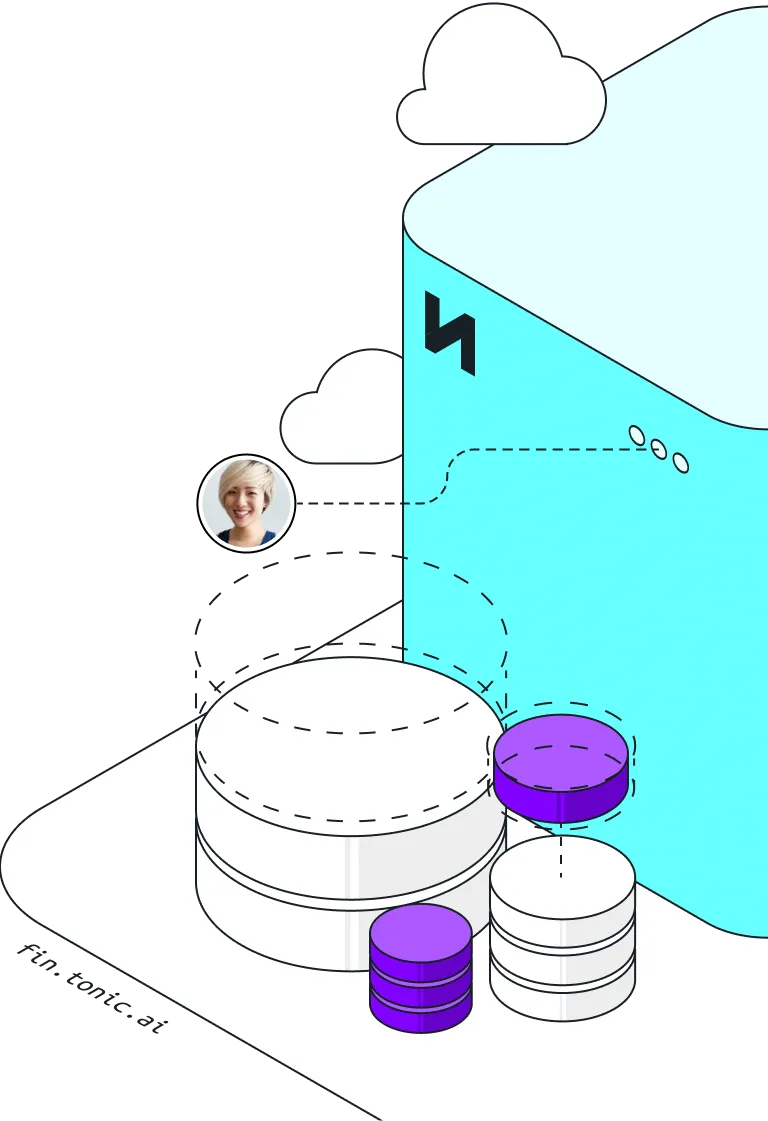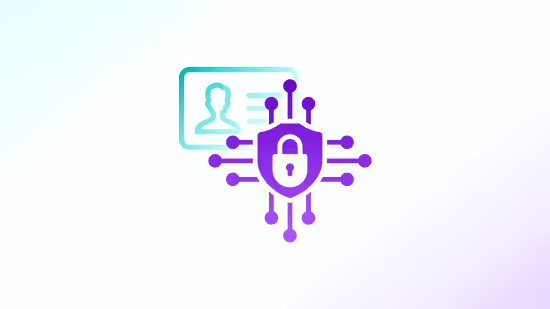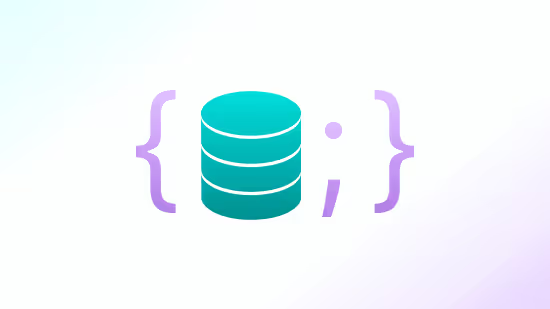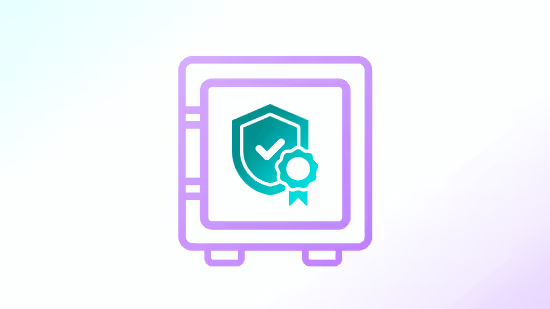
Navigating the European Union AI Act

The European Union AI Act is the first comprehensive regulation of artificial intelligence globally. Passed in 2024 and entering into phased enforcement through 2026, it introduces a tiered framework to classify and govern AI systems based on their risk levels. On the whole, it’s an enforceable roadmap that determines how your AI-powered products must be built, disclosed, tested, and deployed across the European market.
If you’re building or managing AI systems, understanding the European Union AI compliance, including the EU AI Act, is critical. With enforcement deadlines already in place as of February 2025 for banned systems and more regulations coming in August 2026 for high-risk systems, planning now means you can design smarter, safer systems—and avoid costly rework or regulatory fines.
In this guide, you’ll get a clear breakdown of the law, what it means for your work, and how Tonic.ai helps you stay compliant through intelligent data synthesis.
Why the European Union AI Act exists
AI systems today make high-impact decisions in hiring, lending, law enforcement, and healthcare. Without safeguards, they can embed discrimination, manipulate behavior, or compromise privacy at scale. The EU AI Act was designed to minimize these harms by creating guardrails around development and deployment.
For example, a company could use an AI model for hiring that unintentionally screens out applicants with disabilities due to biased training data. This could lead to lawsuits, reputational damage, and now, regulatory sanctions under the EU AI Act. The legislation addresses these risks with a governance structure that adjusts based on the system’s criticality.
The 4 levels of AI risk
The EU AI Act segments AI systems into four categories:

1. Unacceptable risk
These systems are banned under the law because they pose a threat to human rights and safety. Prohibited practices include:
- Harmful AI-based manipulation and deception
- Harmful AI-based exploitation of vulnerabilities (e.g., targeting children)
- Social scoring by governments
- AI for predicting individual criminal behavior
- Untargeted scraping to build facial recognition databases
- Emotion recognition in workplaces and schools
- Biometric categorization that deduces sensitive characteristics (e.g., race, religion)
- Real-time remote biometric identification by law enforcement in public spaces
As of February 2, 2025, these systems are outright banned from the EU market.
2. High risk
High-risk systems operate in domains that directly impact people's lives, such as education, employment, public services, and law enforcement. These systems aren’t banned, but they are subject to stringent oversight to ensure transparency, accountability, and safety. If you’re building in these categories, you’ll need to commit to a rigorous set of checks and documentation before releasing your product.
These systems are divided into two categories:
- AI used as a safety component of a product covered by EU product safety legislation (e.g., in medical devices, aviation, or cars).
- Standalone AI systems used in critical areas such as critical infrastructure (e.g. traffic control), education (e.g. exam scoring), employment, credit scoring, law enforcement, migration, and the administration of justice.
3. Limited risk
Limited-risk systems include AI that interacts with users without making impactful decisions. Examples include chatbots, virtual assistants, or content generation tools. While these don’t require extensive audits, they do require transparency measures, such as disclosing to users that they are interacting with AI or labeling altered media as synthetic.
4. Minimal or no risk
Minimal or no-risk AI systems, such as those used in video games, spam filters, or product recommendation engines, are not subject to regulatory oversight under the EU AI Act. Still, it’s worth monitoring how these systems evolve over time, as even simple tools can shift into higher-risk territory depending on their use and impact.
Transparency requirements
Even if you’re not building high-risk systems, you’ll still need to meet transparency obligations under the EU AI Act. These include:
- Informing users when content is AI-generated or modified
- Disclosing when copyrighted content is used in training datasets
- Providing mechanisms to report and remove illegal content
That means embedding transparency features into your workflows—think UI prompts, backend logging of content provenance, and flagging tools for moderation.
The EU AI Act and GDPR
The EU AI Act and General Data Protection Regulation (GDPR) overlap significantly, especially when your system handles or infers personal data. You’ll need to ensure a lawful basis for using training data, maintain clear documentation of how personal data is processed, and support GDPR user rights such as access, correction, and deletion.
Protecting real-world data prior to using it in model training by synthesizing realistic replacements for sensitive data through a platform like Tonic Textual ensures GDPR compliance by eliminating real-world personal information from your training datasets.
Solutions for European Union AI compliance
Building compliant systems isn't just a matter of legal review—it’s an engineering challenge. You need:
- High-quality data that’s free from bias and legal risk
- Audit trails for data protection prior to use in model training and software testing
- Easy ways to simulate risky scenarios without real-world harm
Tonic.ai helps you get all three. By generating synthetic data that preserves context and statistical properties without exposing PII, the Tonic product suite enables you to build realistic test environments and train models safely. Tonic Textual’s unstructured data redaction and synthesis generation and Tonic Structural’s relational data masking tools also support the transparency and documentation requirements baked into the EU AI Act. Tonic Fabricate, meanwhile, generates net new data from scratch, to fill the gaps in your developer data needs while steering clear of real-world data altogether.
Using Tonic.ai for your AI compliance needs
The EU AI Act introduces a new era of accountability. Your path to European Union AI compliance depends on intentional system design and traceable data practices. With Tonic.ai, you can confidently prototype, test, and deploy AI systems that meet both ethical and legal standards.
- Tonic Fabricate generates synthetic data from scratch to fuel greenfield product development and AI model training.
- Tonic Structural securely and realistically de-identifies production data for compliant, effective use in software testing and QA.
- Tonic Textual redacts and synthesizes sensitive data in unstructured datasets, including free-text, images, and audio data, to make it safe for use in AI model training while also preserving your data’s context and utility.
Connect with our team for a tailored demo to see how synthetic data accelerates compliant AI development.
The EU AI Act went into effect on August 1, 2024. The first enforcement milestone—banning unacceptable-risk AI systems—begins February 2, 2025. Full enforcement for high-risk systems begins August 2, 2026.
The EU AI Act defines four categories of AI system risk: unacceptable risk (banned), high risk (strictly regulated), limited risk (transparency obligations), and minimal or no risk (unregulated).
Companies that violate the EU AI Act can face fines ranging from €15 million to €35 million, or up to 7% of their global annual turnover—whichever is higher.
AI systems are classified as high-risk if they impact critical sectors like employment, education, credit, healthcare, law enforcement, or migration. If your system influences decisions in these areas, it likely falls into the high-risk category.
Yes, but the use of real personal data must comply with GDPR. To reduce legal exposure, many teams use synthetic data—like that generated by Tonic.ai —which mimics real data without compromising user privacy.
Chiara Colombi is the Director of Product Marketing at Tonic.ai. As one of the company's earliest employees, she has led its content strategy since day one, overseeing the development of all product-related content and virtual events. With two decades of experience in corporate communications, Chiara's career has consistently focused on content creation and product messaging. Fluent in multiple languages, she brings a global perspective to her work and specializes in translating complex technical concepts into clear and accessible information for her audience. Beyond her role at Tonic.ai, she is a published author of several children's books which have been recognized on Amazon Editors’ “Best of the Year” lists.


.svg)
.svg)





















.svg)





